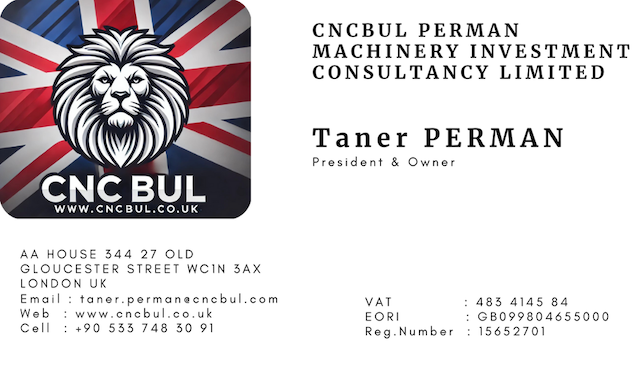How to choose the right Fully Hydraulic Powered DECOILER machine?
Choosing the right fully hydraulic-powered decoiler machine involves considering several technical factors to ensure that the machine will meet your specific requirements. Here’s a technical breakdown of the key considerations:
1. Material Specifications
- Material Type: The decoiler must be compatible with the type of material you’ll be working with, such as steel, aluminum, copper, etc. Different materials have varying levels of strength, flexibility, and thickness.
- Material Width: The decoiler should accommodate the maximum width of the coils you plan to work with. Measure the widest coil and ensure the machine’s capacity exceeds this width.
- Material Thickness: The decoiler must support the range of material thicknesses. Thicker materials require a stronger, more robust decoiler, while thinner materials might require precise tension control to avoid damage.
2. Weight Capacity
- Coil Weight: The machine must be capable of handling the maximum weight of the coils you’ll be using. Fully hydraulic decoilers are often preferred for heavy coils because they provide greater lifting capacity and stability.
- Payload Distribution: Ensure that the decoiler’s design distributes the coil weight evenly, especially when dealing with asymmetrical loads.
3. Hydraulic System Specifications
- Hydraulic Pressure: The hydraulic system’s pressure rating should be high enough to handle the required load and operation speed. The hydraulic pump should provide consistent and reliable pressure.
- Flow Rate: The flow rate of the hydraulic system influences the speed at which the decoiler can operate. A higher flow rate typically allows for faster decoiling, but it must be balanced with precision control.
- Cylinders and Motors: The number and capacity of hydraulic cylinders and motors determine the machine’s power and stability. More cylinders provide better load distribution and smoother operation.
4. Decoiling Speed and Control
- Variable Speed Control: A good hydraulic decoiler should have variable speed control to match the feeding speed of the downstream process (e.g., roll forming, punching). This helps prevent material slack or tension.
- Brake System: The machine should have a reliable hydraulic brake system to control the decoiling speed and stop the coil quickly when needed.
- Tension Control: Precise tension control is crucial, especially for thin or delicate materials. The hydraulic system should allow fine adjustments to avoid material stretching or wrinkling.
5. Mandrel Design and Expandability
- Mandrel Expansion Range: The mandrel (the part that holds the coil) should be adjustable to accommodate various coil inner diameters. A hydraulic-powered mandrel offers automatic expansion, making it easier to handle different coil sizes.
- Number of Mandrels: Some decoilers have multiple mandrels for handling multiple coils or different materials simultaneously. Consider this if you require a flexible setup.
6. Safety Features
- Overload Protection: The hydraulic system should have overload protection to prevent damage to the machine in case of excessive load.
- Emergency Stop: An easily accessible emergency stop button is essential for safety, allowing operators to halt the machine instantly in case of a problem.
- Guarding and Sensors: Ensure the machine has adequate guarding and sensors to protect operators from moving parts and to detect any anomalies during operation.
7. Automation and Integration
- Automation Capabilities: Look for a decoiler with options for automation, such as automatic coil loading/unloading, automatic tension adjustment, and integration with other machinery in your production line.
- Control System: A modern decoiler should have an intuitive control system, possibly with a touchscreen interface, for easy operation and monitoring. PLC (Programmable Logic Controller) systems are often used for better precision and integration.
8. Maintenance and Durability
- Build Quality: The machine should be constructed from high-quality materials to withstand the rigors of continuous operation. Look for a decoiler with reinforced frames and high-grade hydraulic components.
- Ease of Maintenance: Consider how easy it is to maintain and service the decoiler. Accessible hydraulic components and a well-designed lubrication system can reduce downtime.
9. Manufacturer Support and Warranty
- Technical Support: Choose a manufacturer with a good reputation for providing technical support, training, and spare parts availability.
- Warranty: A comprehensive warranty can provide peace of mind, covering critical components like the hydraulic system, motors, and control systems.
Conclusion
Selecting the right fully hydraulic-powered decoiler machine involves a careful assessment of your material specifications, hydraulic system capabilities, operational control, safety features, and the machine’s integration into your production line. By thoroughly evaluating these technical aspects, you can ensure that the decoiler will meet your production needs efficiently and reliably.


